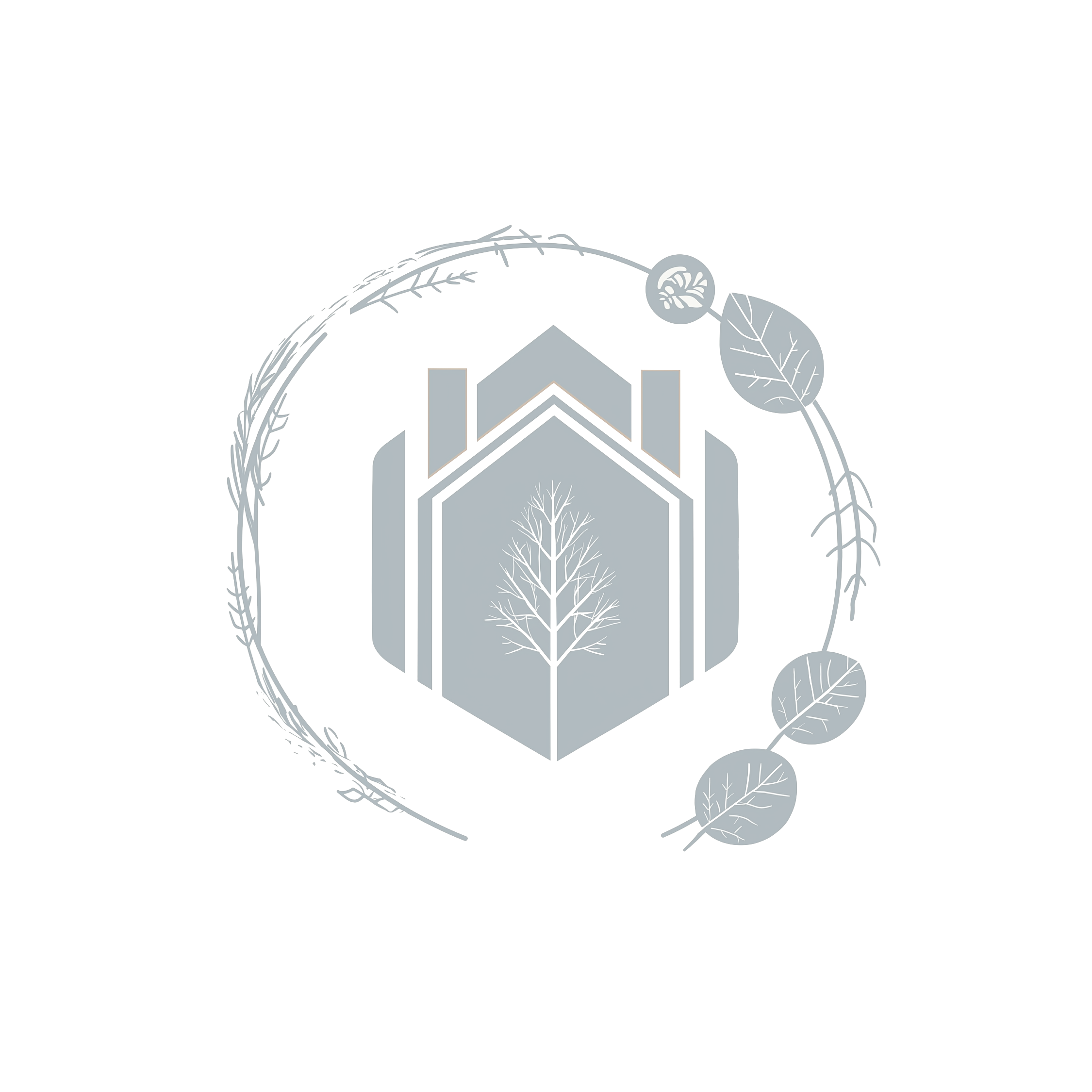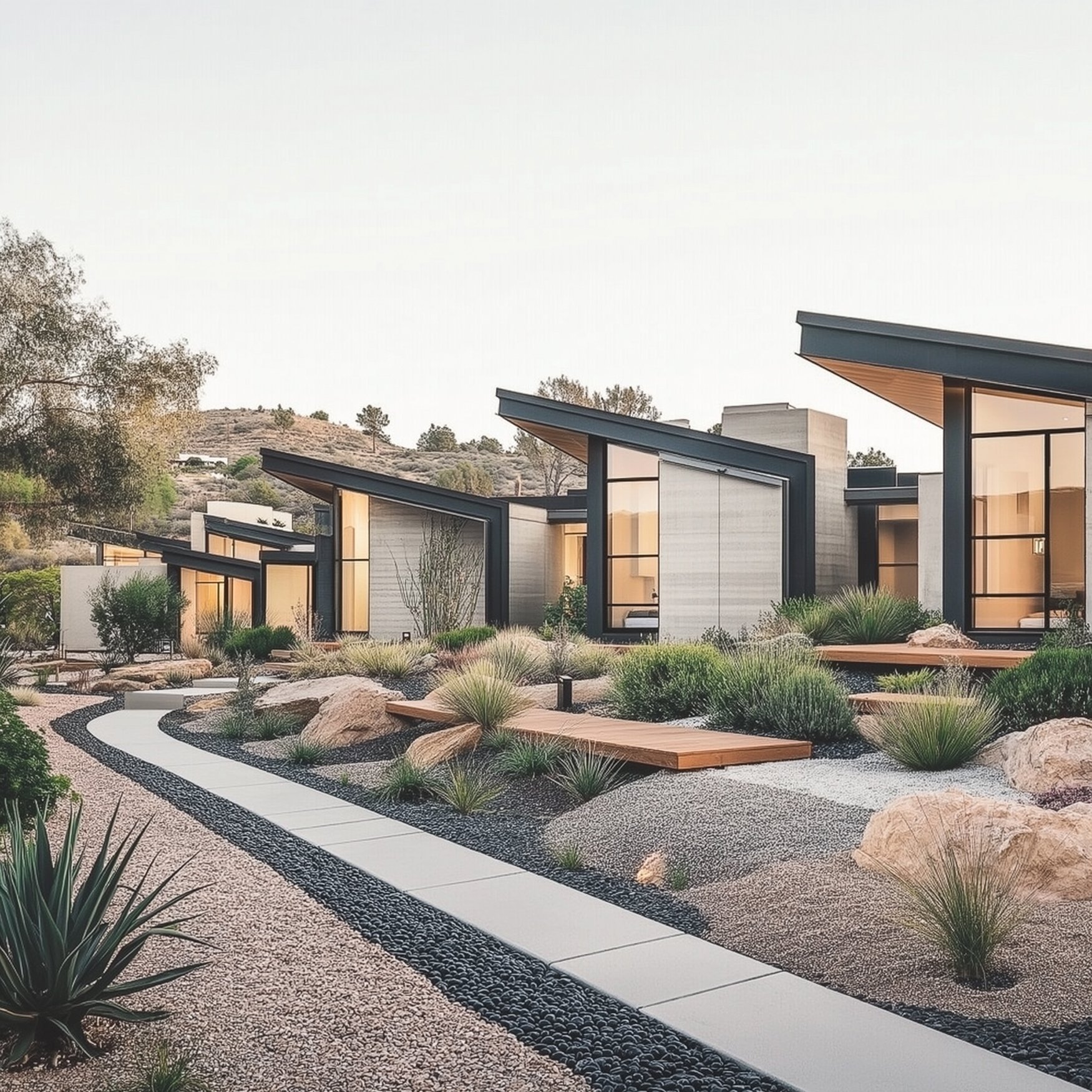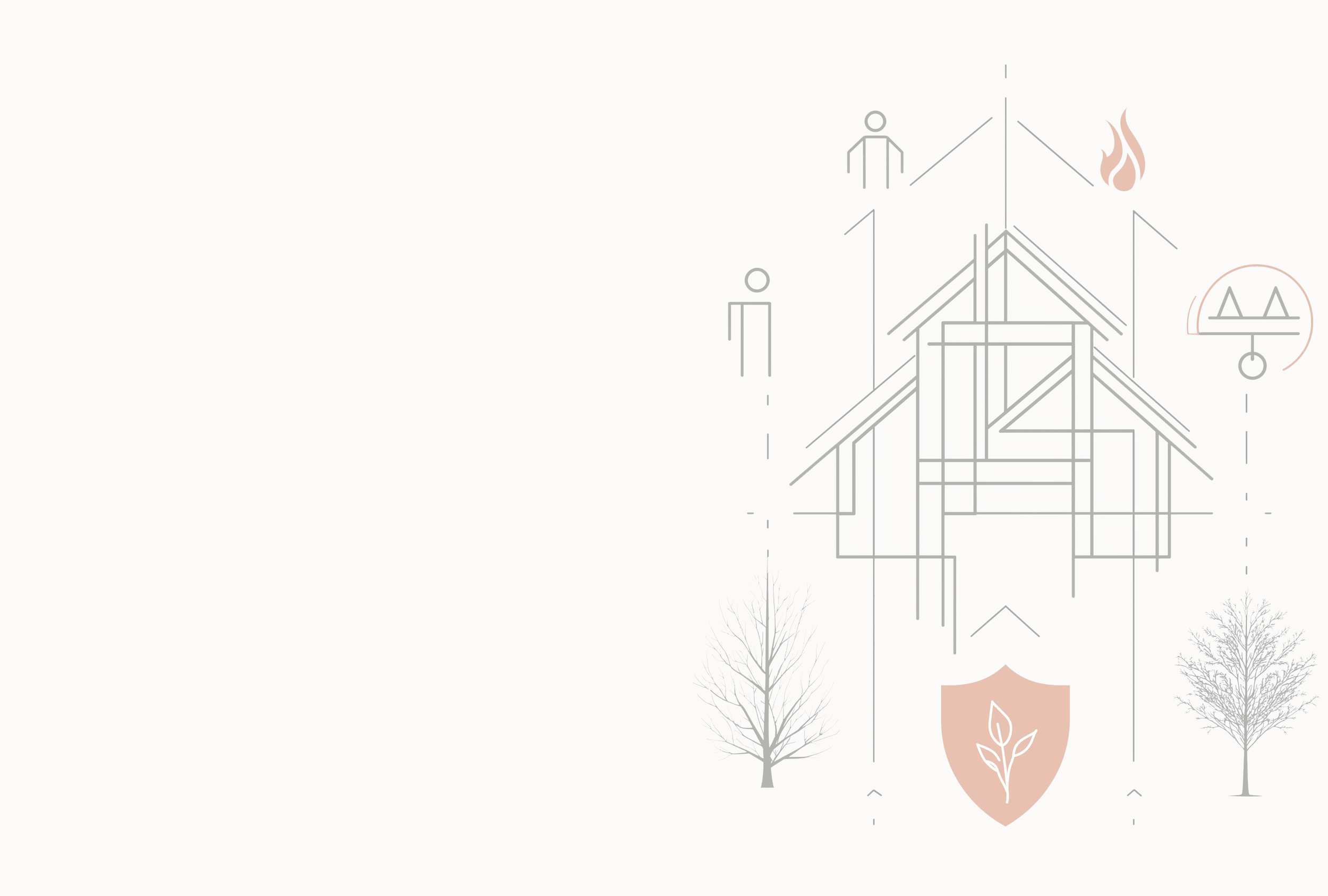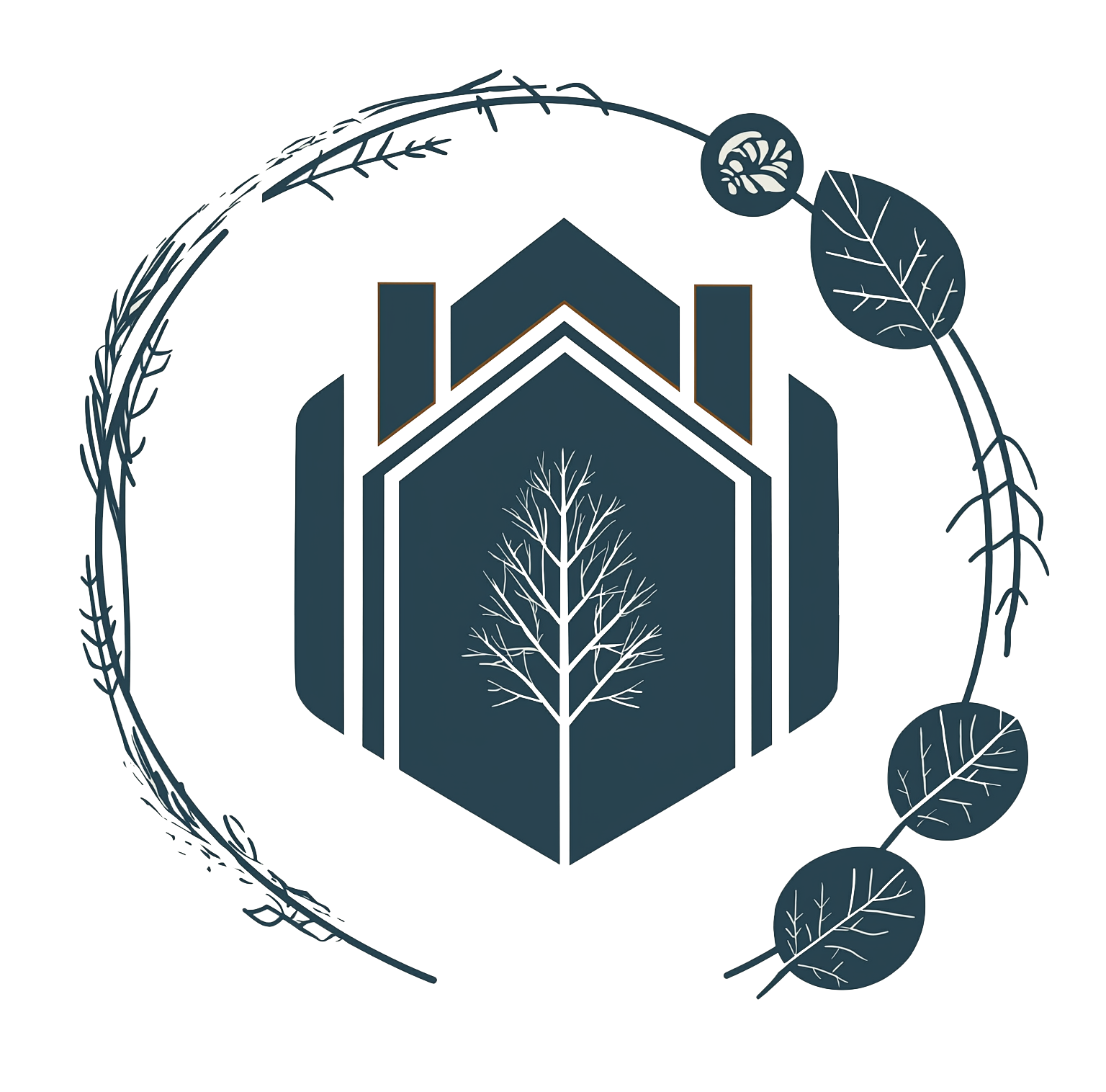
Resilient Building Rating System
Inspired by LEED and WELL Building Standards, tailored for Resilient, Fire-Resistant, and Sustainable Construction.
The Resilient Building Certification System sets a new standard in Resilient, Fire-Resistant, and Sustainable Construction
The Resilient Building Rating System (RBRS) is a comprehensive framework designed to evaluate and certify buildings based on their commitment to resilience, fire-resistant construction, sustainability, and community-centered design.
Rooted in the core values of Compassion, Fairness, and Resilience, this system ensures that rebuilt structures are safer, stronger, and more sustainable, providing long-term protection and support for communities vulnerable to wildfires and climate-related disasters.
Core Pillars of the RBRS
Resilient Design & Construction
Integration of fire-resistant materials and innovative design strategies.
Structures engineered to withstand extreme weather and natural disasters.
Emphasis on long-term durability and adaptive design.
Fire Resistance Standards
Use of non-combustible and ignition-resistant building materials.
Defensible space planning and fire-safe landscaping.
Compliance with and exceeding wildfire resilience codes and best practices.
Sustainable and Eco-Friendly Practices
Use of renewable, low-impact, and locally sourced materials.
Energy-efficient systems and water conservation strategies.
Minimal environmental footprint throughout the construction process.
Community-Centered Design
Inclusive planning that considers the needs of vulnerable populations.
Equitable access to resources and rebuilding opportunities.
Designs that foster safety, connectivity, and community resilience.
Ethical and Fair Building Practices
Transparent and fair pricing, avoiding exploitative practices.
Prioritization of resources for those most impacted.
Collaboration with local builders, designers, and stakeholders
Certification Categories
-
Focused on implementing advanced fire prevention strategies through material selection, design techniques, and integrated systems to minimize fire risks and enhance building safety.
-
Prioritizes structural integrity and adaptive design to withstand extreme weather, seismic activity, and other natural disasters, ensuring long-term durability.
-
Encourages environmentally responsible building practices that reduce environmental impact through resource efficiency, renewable energy, and waste reduction.
-
Promotes inclusive, accessible spaces that foster community engagement, social connection, and local economic growth.
-
Ensures transparency, fairness, and equity in the rebuilding process by prioritizing ethical business practices and supporting vulnerable communities.
-
Focuses on strengthening and modernizing existing structures to improve safety, fire resistance, and sustainability while honoring historical integrity.
-
Encourages and rewards projects that implement cutting-edge strategies and technologies that go beyond standard practices in resilience, fire resistance, and sustainability. This category fosters creativity and leadership in addressing emerging challenges and driving industry-wide improvement.
Certification Categories
Certified Resilient
Meets minimum standards across all core categories.
Advanced Resilient
Exceeds basic requirements with advanced sustainability and safety features.
Premier Resilient
Exemplary performance in all categories, showcasing innovation and leadership in resilient design.

Why the Resilient Building Rating System (RBRS) is Essential:
The Resilient Building Rating System (RBRS) establishes a much-needed standard for resilient, fire-resistant, and sustainable construction. By providing a clear certification framework, RBRS helps property owners and developers negotiate better insurance premiums due to verified safety and durability measures. It holds all stakeholders—architects, designers, builders, and engineers—accountable for upholding the core values of Build Better Together: Fairness, Compassion, and Resilience. This system ensures a transparent, ethical, and community-centered approach to rebuilding, creating safer and stronger communities prepared for future challenges.
What’s Next?
Stay connected, join the cause, and explore our roadmap through the link below. We’re in the early stages of building a complete ecosystem—and we could use your support to make it happen.

